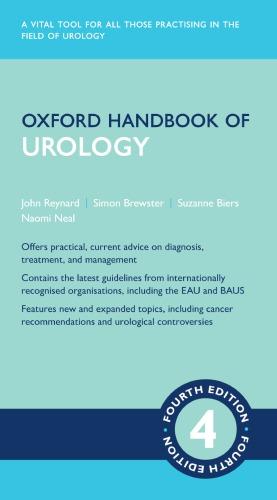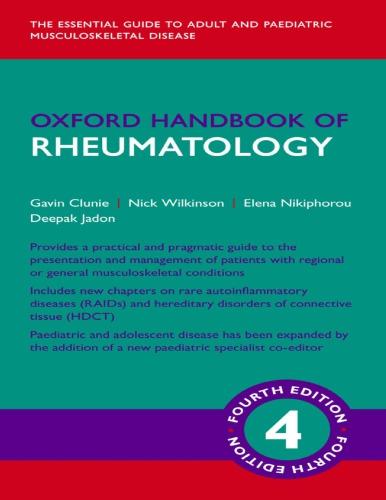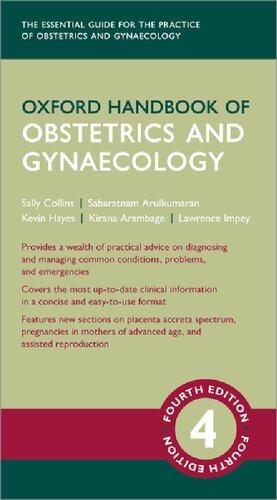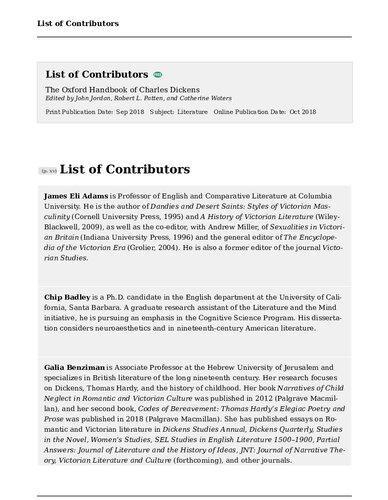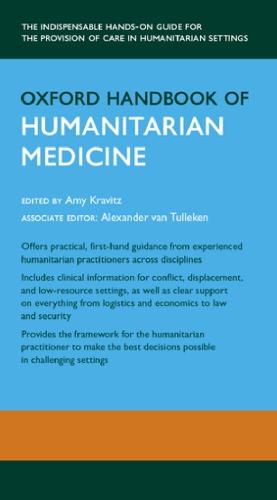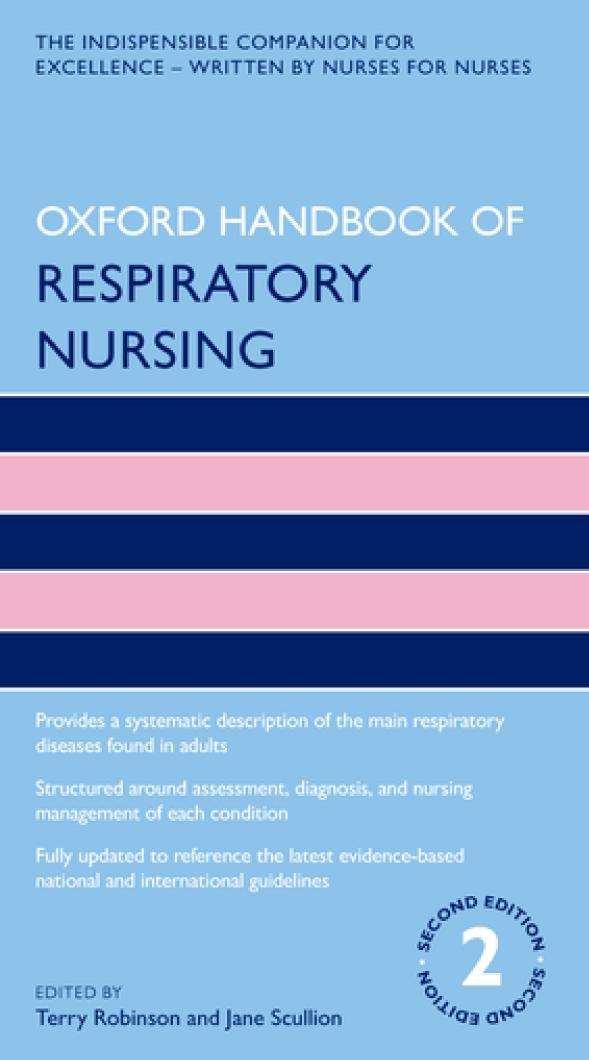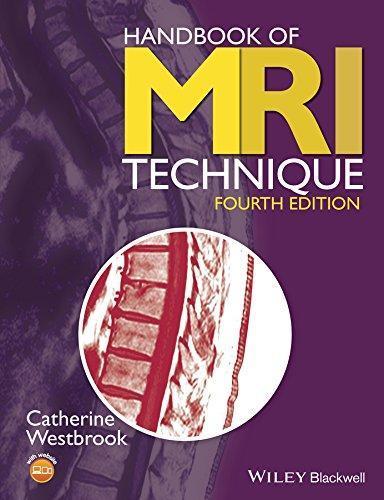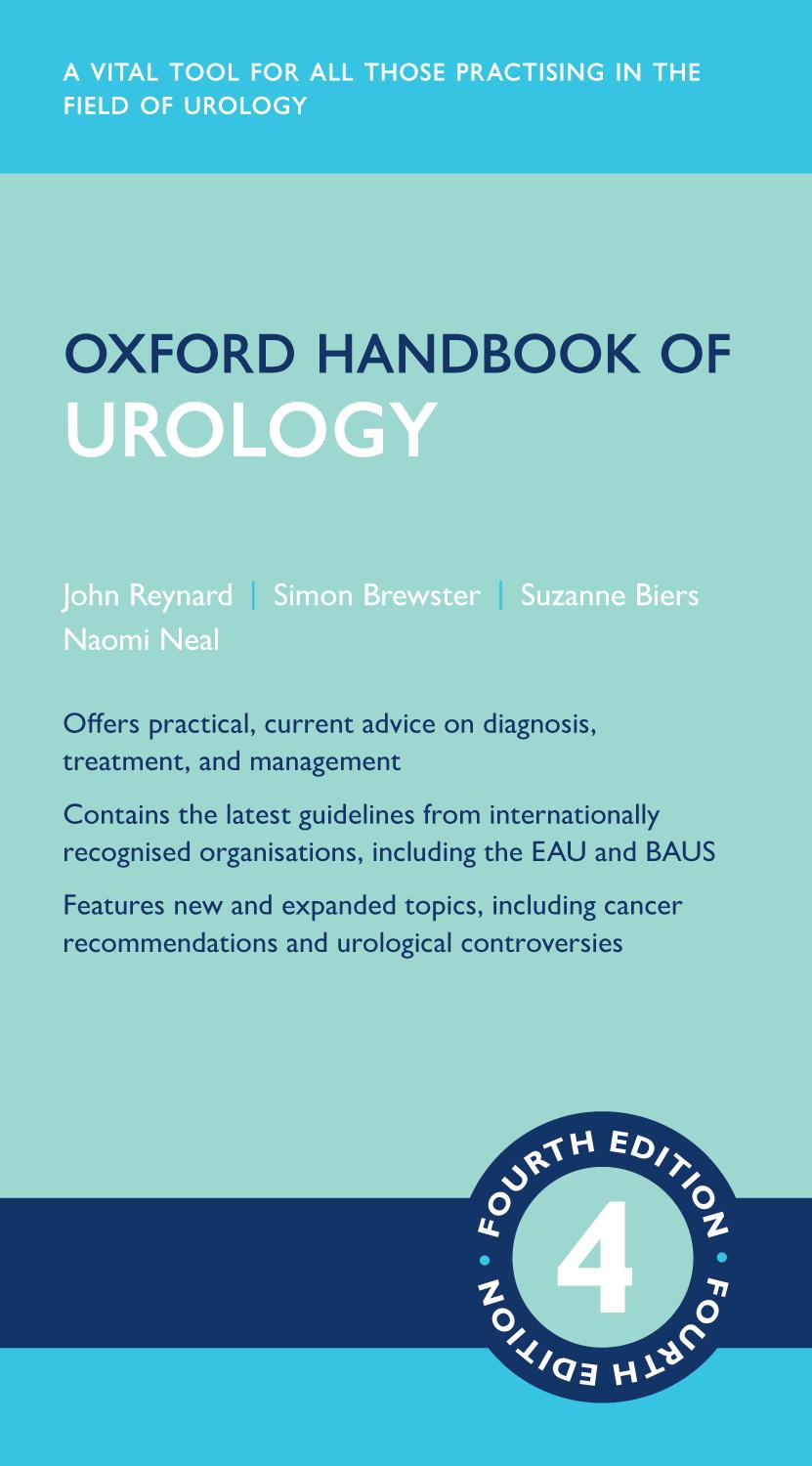Acknowledgements
The authors would like to express their gratitude to Professor Andrew Protheroe, Medical Oncologist at the Churchill Hospital in Oxford, Professor Nick Watkin, Consultant in Andrology and Genito-urethral Reconstruction at St George’s Hospital in London, Mr Dan Wood, Consultant in Adolescent and Reconstructive Urology at University College London Hospitals, and Miss Helen Bolton, Senior Fellow in Obstetrics and Gynaecology at Addenbrooke’s Hospital in Cambridge, who all gave freely of their time and expertise.
Symbols and abbreviations
7 approximately
M website
cross-reference
i increased d decreased
l leads to
female
male
degree Celsius
plus or minus
less than
greater than
equal to or greater than
alpha
beta
κ kappa
π pi
® registered trademark
™ trademark
A&E accident and emergency
AAA abdominal aortic aneurysm
AAOS American Academy of Orthopaedic Surgeons
AAST American Association for the Surgery of Trauma
ABG arterial blood gas
4-ABP 4-aminobiphenyl
ACCP American College of Chest Physicians
ACE angiotensin-converting enzyme
ACh acetylcholine
ACR albumin:creatinine ratio; acute cellular rejection
ACTH adrenocorticotrophic hormone
ADAM Androgen Deficiency in the Aging Male (questionnaire)
ADH antidiuretic hormone
ADPKD autosomal dominant polycystic kidney disease
ADT androgen deprivation therapy
AF atrial fibrillation
AFP alpha-fetoprotein
AFS autologous fascial sling
AHR acute humoral rejection
AID artificial insemination by donor
AIDS acquired immune deficiency syndrome
AK-TEDS above-knee thromboembolic stocking
ALPP abdominal leak point pressure
AMACR alpha-methylacyl CoA racemase
AML angiomyolipoma
ANP atrial natriuretic peptide
a-NVH asymptomatic non-visible haematuria
APD automated peritoneal dialysis
APF antiproliferative factor
APTT activated partial thromboplastin time
5AR 5α-reductase
ARCD acquired renal cystic disease
5ARI 5α-reductase inhibitor
ARPKD autosomal recessive polycystic kidney disease
ART assisted reproductive techniques
AS active surveillance
ASAP atypical small acinar proliferation
ASB asymptomatic bacteriuria
ASTRO American Society of Therapeutic Radiation Oncologists
ATFP arcus tendineus fascia pelvis
ATG antithymocyte globulin
ATN acute tubular necrosis
ATP adenosine triphosphate
AUA American Urological Association
AUA-SI American Urological Association Symptom Index
AUR acute urinary retention
AUS artificial urinary sphincter
AVM arteriovenous malformation
AZF azoospermic factor
BAUS British Association of Urological Surgeons
BCG bacille Calmette–Guérin
BCR bulbocavernosus reflex; biochemical recurrence
bd bis die (twice daily)
BDFS biochemical disease-free survival
bFGF basic fibroblast growth factor
BMI body mass index
BNF British National Formulary
BNI bladder neck incision
BOO bladder outlet obstruction
BP blood pressure
BPE benign prostatic enlargement
bPFS biochemical progression-free survival
BPH benign prostatic hyperplasia
BPLND bilateral pelvic lymphadenectomy
BPO benign prostatic obstruction
BPS bladder pain syndrome
BPSA benign prostate-specific antigen
BRFS biochemical recurrence-free survival
BSE bovine spongiform encephalopathy
BT brachytherapy
BTA bladder tumour antigen
BTX botulinum toxin
BTX-A botulinum toxin-A
BUO bilateral ureteric obstruction
BXO balanitis xerotica obliterans
CAA Civil Aviation Authority
CABG coronary artery bypass graft
CAH congenital adrenal hyperplasia
CAIS complete androgen insensitivity syndrome
cAMP cyclic adenosine monophosphate
CAPD continuous ambulatory peritoneal dialysis
CAUTI catheter-associated urinary tract infection
CBAVD complete bilateral absence of the vas deferens
CD collecting duct
CEULDCT contrast-enhanced ultra-low-dose computerized tomography
CF cystic fibrosis
CFTR cystic fibrosis transmembrane conductance regulator
CFU colony-forming unit
cGMP cyclic guanosine monophosphate
Ch Charrière
chRCC chromophobe renal cell carcinoma
CI confidence interval
CIRF clinically insignificant residual fragment
CIS carcinoma in situ
CISC clean intermittent self-catheterization
CJD Creutzfeldt–Jakob disease
CKD chronic kidney disease
CKD-EPI Chronic Kidney Disease Epidemiology Collaboration
cm centimetre
cmH2O centimetre of water
CMV cytomegalovirus
CNI calcineurin inhibitor
CNS central nervous system
CO2 carbon dioxide
COPD chronic obstructive pulmonary disease
COPUM congenital obstructive posterior urethral membrane
CPA cyproterone acetate
CPPS chronic pelvic pain syndrome
CPRE complete primary repair of bladder exstrophy
cRCC clear renal cell carcinoma
CRF chronic renal failure
CRP C-reactive protein
CRPC castrate-resistant prostate cancer
CSS cancer-specific survival
CT computerized tomography; collecting tubule
CT-KUB computerized tomography of the kidneys, ureters, and bladder
CTPA computerized tomography pulmonary angiography
CTU computerized tomography urography
CVD cardiovascular disease
CVP central venous pressure
CXR chest X-ray
Da dalton
DCN dorsal clitoral nerve
DCT distal convoluted tubule
DE delayed ejaculation
DESD detrusor–external sphincter dyssynergia
DEXA dual-energy X-ray absorptiometry (scan)
DFS disease-free survival
DGI disseminated gonococcal infection
DH detrusor hyperreflexia
DHT dihydrotestosterone
DI diabetes insipidus
DIC disseminated intravascular coagulation
dL decilitre
DMSA dimercaptosuccinic acid (renogram)
DMSO dimethyl sulfoxide
DNA deoxyribonucleic acid
DPN dorsal penile nerve
DRE digital rectal examination
DSD detrusor sphincter dyssynergia; disorders of sex development
DSLNB dynamic sentinel lymph node biopsy
DVLA Driver and Vehicle Licensing Agency
DVT deep vein thrombosis
EAU European Association of Urology
EBC estimated bladder capacity
EBRT external beam radiotherapy
EBV Epstein–Barr virus
ECF extracellular fluid
ECG electrocardiogram
ED erectile dysfunction
EDO ejaculatory duct obstruction
EDTA ethylene diamine tetra-acetic acid
EGF epidermal growth factor
eGFR estimated glomerular filtration rate
EGFR epidermal growth factor receptor
EHL electrohydraulic lithotripsy
EIA enzyme immunoassay
ELISA enzyme-linked immunosorbent assay
EMDA electromotive drug administration
EMG electromyography
EMU early morning urine
EN2 Engrailed-2
ENT ear, nose, and throat
EPLND extended pelvic lymphadenectomy
EPN emphysematous pyelonephritis
EORTC European Organization for Research and Treatment of Cancer
EPS expressed prostatic secretions
ER extended release
ESBL extended-spectrum β-lactamase
ESR erythrocyte sedimentation rate
ESSIC European Society for the Study of Bladder Pain Syndrome/ Interstitial Cystitis
ESWL extracorporeal shock wave therapy
F French
FBC full blood count
FDA Food and Drug Administration
FDG fluoro-2-deoxy-D-glucose
FGSI Fournier’s gangrene severity index
FISH fluorescence in situ hybridization
FNA fine-needle aspiration
FSH follicle-stimulating hormone
F:T free-to-total (ratio)
5FU 5-fluorouracil
FVC frequency–volume chart
g gram
G gauge
GA general anaesthetic
GABA gamma-aminobutyric acid
GAG glycosaminoglycan
GCT germ cell tumour
GFR glomerular filtration rate
GI gastrointestinal
GIFT gamete intra-Fallopian transfer
GnRH gonadotrophin-releasing hormone
GP general practitioner
GSTP1 glutathione-S-transferase P1
GTN glyceryl trinitrate
GU gonococcal urethritis
GUM genitourinary medicine
Gy Gray
h hour
H+ hydrogen ion
HAL hexaminolevulinic acid
Hb haemoglobin
hCG human chorionic gonadotrophin
HCO3– bicarbonate
HDR high-dose rate
HDU high-dependency unit
HIF hypoxia-inducible factor
HIFU high-intensity focused ultrasound
HIV human immunodeficiency virus
HLA human leucocyte antigen
HMG human menopausal gonadotrophin
HMG-CoA 3-hydroxy-3-methyl-glutaryl coenzyme A
5-HMT 5-hydroxymethyl tolterodine
HO house officer
HoLAP holmium laser ablation of the prostate
HoLEP holmium laser enucleation of the prostate
HoLRP holmium laser resection of the prostate
HPCR high-pressure chronic retention
HPF high-power field
HPV human papillomavirus
HRO high-reliability organization
HRP horseradish peroxidase
5-HT 5-hydroxytryptamine
HTLV human T lymphotropic virus
Hz hertz
IC intermittent catheterization; interstitial cystitis
ICD implantable cardioverter–defibrillator
ICF intracellular fluid
ICS International Continence Society
ICSI intracytoplasmic sperm injection
IDO idiopathic detrusor overactivity
IELT intravaginal ejaculatory latency time
IFIS intraoperative floppy iris syndrome
IFN interferon
Ig immunoglobulin
IgA immunoglobulin A
IGCCCG International Germ Cell Cancer Collaborative Group
IGCN intratubular germ cell neoplasia
IGF insulin-like growth factor
IGFBP insulin-like growth factor binding protein
IIEF International Index of Erectile Function
IL interleukin
ILP interstitial laser prostatectomy
IM intramuscularly
IMRT intensity-modulated radiotherapy
INR international normalized ratio
IPC intermittent pneumatic calf compression
IPSS International Prostate Symptom Score
ISC intermittent self-catheterization
ISD intrinsic sphincter deficiency
ISF interstitial fluid
ISSM International Society for Sexual Medicine
ITU intensive treatment unit
IU international unit
IUI intrauterine insemination
IV intravenous
IVC inferior vena cava
IVF in vitro fertilization
IVP intravenous pyelography
IVU intravenous urography/urogram
JGA juxtaglomerular apparatus
JVP jugular venous pressure
K+ potassium
kDa kilodalton
Kf formation product
kg kilogram
KGF keratinocyte growth factor
kHz kilohertz
kJ kilojoule
kPa kilopascal
K sp solubility product
KTP potassium titanyl phosphate (laser)
KUB kidneys, ureters, and bladder
L litre
LA local anaesthetic
LDH lactate dehydrogenase
LDL low-density lipoprotein
LDR low-dose-rate
LDUH low-dose unfractionated heparin
LFT liver function test
LH luteinizing hormone
LHRH luteinizing hormone-releasing hormone
LMWH low-molecular-weight heparin
LNI lymph node invasion
LoH loop of Henle
LOH late-onset hypogonadism
LRINEC Laboratory Risk Indicator for Necrotizing Fasciitis
LRP laparoscopic radical prostatectomy
LSD lysergic acid diethylamide
LUT lower urinary tract
LUTS lower urinary tract symptom
LVI lympho-vascular invasion
m metre
μA microampere
mA milliampere
MAB maximal androgen blockade
MAG3 mercaptoacetyl-triglycyine (renogram)
MAGPI meatal advancement and granuloplasty
MAOI monoamine oxidase inhibitor
MAP mean arterial pressure
MAPP Multidisciplinary Approach to Pelvic Pain (study)
MAR mixed agglutination reaction
MBq megabecquerel
MCDK multicystic dysplastic kidney
MCUG micturating cystourethrography
MDCTU multidetector computerized tomography urography
MDP methylene diphosphonate
MDRD Modification of Diet in Renal Disease
MDT multidisciplinary team
mEq milliequivalent
MESA microsurgical epididymal sperm aspiration
MET medical expulsive therapy
MeV mega electron volt
μ
g microgram
mg milligram
mGy milligray
MHC major histocompatibility complex
MHRA Medicines and Healthcare Products Regulatory Agency
mHz millihertz
MHz megahertz
MI muscle-invasive
MIBG meta-iodo-benzyl-guanidine
min minute
MIS Müllerian inhibiting substance; minimally invasive surgery
MIT minimally invasive treatment
mIU milli international unit
μL microlitre
mL millilitre
μm micron
mm millimetre
mmHg millimetre of mercury
MMC mitomycin C
mol mole
μmol micromole
mmol millimole
MNE monosymptomatic nocturnal enuresis
mOsm milliosmole
MPA mycophenolate
mpMRI multiparametric magnetic resonance imaging
MPOA medial preoptic area
MPR multiplanar reformatting
MRCoNS meticillin-resistant coagulase-negative staphylococci
MRI magnetic resonance imaging
MRSA meticillin-resistant Staphylococcus aureus
MRU magnetic resonance urography
MS multiple sclerosis
MSK medullary sponge kidney
MSMB microseminoprotein-beta
MSU mid-stream urine
mSv millisievert
mTOR mammalian target of rapamycin
MUCP maximal urethral closure pressure
MUI mixed urinary incontinence
MUS mid-urethral sling
MUSE Medicated Urethral System for Erection (device)
MVAC methotrexate, vinblastine, adriamycin, cisplatin
Na+ sodium
NA noradrenaline
NAAT nucleic acid amplification test
NaCl sodium chloride
NAION non-arteritic anterior ischaemic optic nerve neuropathy
NBI narrow-band imaging
NDO neurogenic detrusor overactivity
NE nocturnal enuresis
ng nanogram
NGU non-gonococcal urethritis
NHS National Health Service
NICE National Institute for Health and Care Excellence
NIDDK National Institute of Diabetes and Digestive and Kidney Diseases
NIH National Institute of Health
NIH-CPSI National Institute of Health Chronic Prostatitis Symptom Index
nm nanometre
NMI non-muscle invasive
NMNE non-monosymptomatic nocturnal enuresis
nmol nanomole
NMP nuclear matrix protein
NND number needed to detect
NNT number needed to treat
NO nitric oxide
NOA non-obstructive azoospermia
NOAC new oral anticoagulant
NP nocturnal polyuria
NS nerve sparing; non-seminomatous
NSAID non-steroidal anti-inflammatory drug
NSGCT non-seminomatous germ cell tumour
NSU non-specific urethritis
NVH non-visible haematuria
OA obstructive azoospermia
OAB overactive bladder
OAT oligoasthenoteratospermia
od omni die (once daily)
OIF onlay island flap
OLND obturator fossa lymphadenectomy
OSA obstructive sleep apnoea
Pabd intra-abdominal pressure
PaCO2 partial pressure of carbon dioxide (in arterial blood)
PAE prostate artery embolization
PAG periaqueductal grey (matter)
PAIS partial androgen insensitivity syndrome
PAOD peripheral artery occlusive disease
PARP poly-ADP ribose polymerase
PC prostate cancer
PCA3 prostate cancer antigen 3
PCN percutaneous nephrostomy
PCNL percutaneous nephrolithotomy
PCO2 carbon dioxide tension
PCR protein:creatinine ratio; polymerase chain reaction
PCT proximal convoluted tubule
PD Parkinson’s disease
PDD photodynamic detection
PDE phosphodiesterase
PDE5 phosphodiesterase type-5
Pdet detrusor pressure
PDGF platelet-derived growth factor
PDT photodynamic therapy
PE premature ejaculation; pulmonary embolism
PEC perivascular epithelioid cell
PEDT Premature Ejaculation Diagnostic Tool
PEP post-exposure prophylaxis
PESA percutaneous epididymal sperm aspiration
PET positron emission tomography
PFMT pelvic floor muscle training
PFS pressure–flow study; progression-free survival
PG prostaglandin
PGE2 prostaglandin E2
phi Prostate Health Index
PI3 phosphoinositide 3
PIN prostatic intraepithelial neoplasia; penile intraepithelial neoplasia
PIRAD Prostate Imaging Reporting and Data (system)
PLAP placental alkaline phosphatase
PLESS Proscar Long-term Efficacy Safety Study
PMC pontine micturition centre
PMNL polymorphonuclear leucocyte
pmol picomole
PN partial nephrectomy
PNE peripheral nerve evaluation
PO per os (orally)
PO2 oxygen tension
POP pelvic organ prolapse
POPQ pelvic organ prolapse quantification
PPI post-prostatectomy incontinence
PPS pentosan polysulfate sodium
PR pulse rate
pRCC papillary renal cell carcinoma
PRP prion protein
PSA prostate-specific antigen
PSAD prostate-specific antigen density
PSADT prostate-specific antigen doubling time
PSMA prostate-specific membrane antigen
PTEN phosphatase and tensin homologue
PTFE polytetrafluoethylene
PTH parathyroid hormone
PTNS posterior (percutaneous) tibial nerve stimulation
PTTI parenchymal transit time index
PUJ pelviureteric junction
PUJO pelviureteric junction obstruction
PUNLMP papillary urothelial neoplasm of low malignant potential
PUR post-partum urinary retention
PUV posterior urethral valves
PUVA psoralen combined with vitamin A
PVA polyvinyl alcohol
PVD peripheral vascular disease
Pves intravesical pressure
PVN paraventricular nucleus
PVP photoselective vaporization of the prostate
PVR post-void residual
qds quater die sumendus (four times daily)
Qmax maximal flow rate
QoL quality of life
RARP robot-assisted radical prostatectomy
RBC red blood cell
RBF renal blood flow
RCC renal cell carcinoma
RCT randomized controlled trial
REM rapid eye movement
RFA radiofrequency ablation
RI resistive index
RNA ribonucleic acid
RNU radical nephroureterectomy
ROI region of interest
RP radical prostatectomy; retropubic tape
RPF retroperitoneal fibrosis; renal plasma flow
RPLND retroperitoneal lymph node dissection
RPR rapid plasma reagin
RR respiratory rate
RT radiotherapy
RTA renal tubular acidosis; road traffic accident
RTK receptor tyrosine kinase
rUTI recurrent urinary tract infection
s second
SARS sacral anterior root stimulator
SC subcutaneous
SCC squamous cell carcinoma
SCI spinal cord injury
SHBG sex hormone-binding globulin
SHO senior house officer
SIMS single-incision mid-urethral sling
SIRS systemic inflammatory response syndrome
SLE systemic lupus erythematosus
SNM sacral nerve modulation
SNS sacral nerve stimulation
s-NVH symptomatic non-visible haematuria
SOP standard operating procedure
SPC suprapubic catheter
SpR specialist registrar
SR sustained release
SRE skeletal-related event
SSRI selective serotonin reuptake inhibitor
STD sexually transmitted disease
STI sexually transmitted infection
STIR short TI inversion recovery
SUI stress urinary incontinence
SWL shock wave lithotripsy
T tesla
TAPD transverse anteroposterior diameter
TB tuberculosis
TBW total body water
TC testicular cancer
TCC transitional cell carcinoma
tds ter die sumendus (three times daily)
TEAP transurethral ethanol ablation of the prostate
TEDS thromboembolic deterrent stockings
TENS transcutaneous electrical nerve stimulation
TESA testicular exploration and sperm aspiration
TESE testicular exploration and sperm extraction
TET tubal embryo transfer
TGF transforming growth factor
TIN testicular intratubular neoplasia (synonymous with IGCN)
TIP tubularized incised plate
TNF tumour necrosis factor
TOT transobturator tape
TOV trial of void
TPIF transverse preputial island flap
TRUS transrectal ultrasound
TS tuberous sclerosis
TSE testicular self-examination
TUIP transurethral incision of the prostate
TULIP transurethral ultrasound-guided laser-induced prostatectomy
TUMT transurethral microwave thermotherapy of the prostate
TUNA transurethral needle ablation of the prostate
TUR transurethral resection
TURBT transurethral resection of bladder tumour
TURED transurethral resection of the ejaculatory ducts
TURP transurethral resection of the prostate
TUVP transurethral vaporization of the prostate
TUVRP transurethral vapour resection of the prostate
TVT tension-free vaginal tape
TVTO tension-free vaginal tape obturator
TWOC trial without catheter
U unit
UD urethral diverticulum
UDT undescended testis
U&E urea and electrolytes
UI urinary incontinence
UK United Kingdom
ULDCT ultra-low-dose computerized tomography
ULTRA Unrelated Live Transplant Regulatory Authority
UPJO uretero-pelvic junction obstruction
URS ureterorenoscopy
USA United States
USS ultrasound scan
UTI urinary tract infection
UUI urge urinary incontinence
UUO unilateral ureteric obstruction
UUT-TCC upper urinary tract transitional cell carcinoma
vCJD variant Creutzfeldt–Jakob disease
VCUG videocystourethrography
VEGF vascular endothelial growth factor
VEGFR vascular endothelial growth factor receptor
VH visible haematuria
VHL von Hippel–Lindau
VIP vasoactive intestinal peptide
VLAP visual laser ablation of the prostate
V/Q ventilation–perfusion
VRE vancomycin-resistant enterococci
VTE venous thromboembolism
VUJ vesicoureteric junction
VUJO vesicoureteric junction obstruction
VUR vesicoureteric reflux
VURD vesicoureteric reflux with renal dysplasia
VVF vesicovaginal fistula
W watt
WAGR Wilms’ tumour/aniridia/genitourinary anomalies/mental retardation
WBC white blood cell
WCC white cell count
WHO World Health Organization
wk week
WW watchful waiting
y year
YAG yttrium-aluminium-garnet
ZIFT zygote intra-Fallopian transfer
